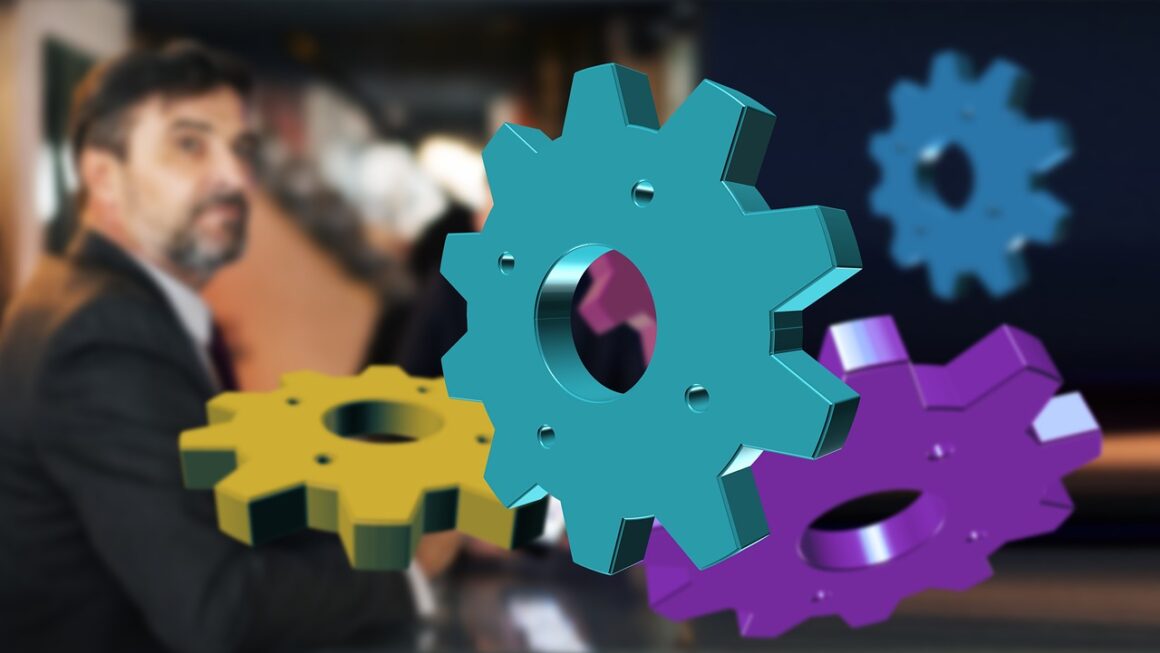Imagine optimizing your website or app not with gut feeling, but with the power of artificial intelligence. AI A/B testing is revolutionizing how businesses approach experimentation, enabling smarter, faster, and more personalized experiences for users. This approach moves beyond traditional A/B testing, which often relies on manual setup and analysis, by leveraging AI to automate and optimize every step of the process. Ready to learn how AI can supercharge your conversion rates? Let’s dive in.
What is AI A/B Testing?
Defining AI A/B Testing
AI A/B testing uses artificial intelligence and machine learning to automate and enhance the traditional A/B testing process. Rather than relying solely on human intuition and statistical analysis, AI algorithms dynamically analyze user behavior, identify patterns, and optimize variations in real-time. This allows for more complex and personalized experiments, leading to better results. Traditional A/B testing often requires long testing periods and manual adjustments. AI, on the other hand, adapts automatically, ensuring the best performing variations are shown to the right users at the right time.
How it Differs from Traditional A/B Testing
- Automation: AI automates the entire testing process, from hypothesis generation to implementation and analysis.
- Personalization: AI personalizes experiences by tailoring variations to individual users based on their behavior and preferences.
- Speed: AI can analyze data much faster than humans, leading to quicker and more efficient optimizations.
- Complexity: AI can handle more complex experiments with numerous variables, something that’s difficult to manage manually.
- Real-time Optimization: AI continuously learns and adjusts, optimizing variations in real-time based on user interactions.
For example, imagine testing two different headlines for a landing page. Traditional A/B testing would split traffic evenly between the two headlines. AI A/B testing, however, would analyze user behavior and, over time, show the higher-converting headline more frequently to users who fit a specific demographic profile.
Benefits of Using AI in A/B Testing
Improved Conversion Rates
AI’s ability to personalize and optimize in real-time leads to significant improvements in conversion rates. By identifying and targeting the most effective variations to specific user segments, AI ensures that visitors are more likely to take desired actions.
- Higher Click-Through Rates (CTR): AI optimizes ad copy and landing page elements to capture users’ attention.
- Increased Form Submissions: AI dynamically adjusts form fields and layouts to improve user experience and reduce friction.
- Greater Sales: AI personalizes product recommendations and checkout processes to boost revenue.
Enhanced Personalization
AI allows for granular personalization that goes beyond basic segmentation. AI algorithms analyze individual user behavior, preferences, and history to deliver tailored experiences.
- Dynamic Content Adaptation: AI automatically adjusts website content based on user behavior.
- Personalized Product Recommendations: AI suggests products tailored to individual users’ purchase history and browsing patterns.
- Adaptive User Interfaces: AI customizes the user interface based on individual user preferences and devices.
For instance, an e-commerce site can use AI to show different product images or descriptions to users based on their past purchases or browsing history. A user who has previously purchased running shoes may be shown ads or product recommendations specifically for running apparel or accessories.
Time and Resource Savings
AI streamlines the A/B testing process, saving time and resources for marketing teams. By automating tasks such as hypothesis generation, data analysis, and variation deployment, AI frees up marketers to focus on strategic initiatives.
- Automated Hypothesis Generation: AI algorithms can analyze data to identify potential areas for improvement and suggest relevant A/B tests.
- Automated Data Analysis: AI instantly analyzes user data to track experiment performance and identify winning variations.
- Automated Variation Deployment: AI automatically deploys winning variations and adjusts traffic allocation in real-time.
Imagine a scenario where a marketing team spends days manually analyzing data from a traditional A/B test. With AI, the analysis is done automatically in minutes, allowing the team to quickly iterate and optimize their campaigns.
Implementing AI A/B Testing: A Practical Guide
Choosing the Right AI A/B Testing Tool
Selecting the right AI A/B testing tool is crucial for success. Consider factors such as the tool’s features, integration capabilities, ease of use, and pricing.
- Features: Look for tools that offer features such as automated hypothesis generation, personalized variations, real-time optimization, and detailed reporting.
- Integration: Ensure the tool integrates seamlessly with your existing marketing stack, including your website, CRM, and analytics platform.
- Ease of Use: Choose a tool that is intuitive and easy to use for your marketing team.
- Pricing: Evaluate the tool’s pricing model and ensure it aligns with your budget and business needs.
Some popular AI A/B testing tools include: Optimizely, VWO, Google Optimize (with AI capabilities), and AB Tasty.
Setting Up Your First AI A/B Test
For instance, you might hypothesize that changing the call-to-action button on your landing page from “Learn More” to “Get Started Now” will increase conversion rates. You would then create two variations of the landing page, one with the original button and one with the new button, and use the AI A/B testing tool to split traffic between the two variations.
Key Considerations and Best Practices
- Data quality: Ensure that you have high-quality data to feed into the AI algorithms.
- Traffic volume: Make sure you have enough traffic to generate statistically significant results.
- Testing duration: Run your A/B tests for a sufficient duration to account for variations in user behavior.
- Continuous learning: Continuously learn from your A/B tests and iterate on your strategies.
- Ethical Considerations: Be mindful of personalization and avoid creating filter bubbles or reinforcing biases.
Real-World Examples of AI A/B Testing Success
E-commerce: Personalized Product Recommendations
An e-commerce company used AI A/B testing to personalize product recommendations on its website. The AI algorithms analyzed user browsing history and purchase behavior to suggest products tailored to individual users. The result was a 20% increase in sales and a 15% improvement in customer satisfaction.
SaaS: Optimizing Trial Sign-Up Forms
A SaaS company used AI A/B testing to optimize its trial sign-up forms. The AI algorithms dynamically adjusted the form fields and layout based on user behavior. This resulted in a 30% increase in trial sign-ups and a 10% reduction in bounce rates.
Media: Improving Ad Click-Through Rates
A media company used AI A/B testing to improve the click-through rates of its online ads. The AI algorithms analyzed user demographics and browsing patterns to personalize ad copy and targeting. This resulted in a 25% increase in CTR and a 12% improvement in ad revenue.
These examples demonstrate the potential of AI A/B testing to drive significant improvements in key business metrics across various industries.
Conclusion
AI A/B testing represents a powerful evolution in the world of experimentation. By leveraging the capabilities of artificial intelligence, businesses can unlock new levels of personalization, efficiency, and conversion optimization. While traditional A/B testing remains a valuable tool, incorporating AI takes optimization to a whole new level, allowing you to create truly data-driven and personalized experiences for your users. Embrace AI A/B testing to stay ahead of the curve and achieve unparalleled success in your marketing efforts.




